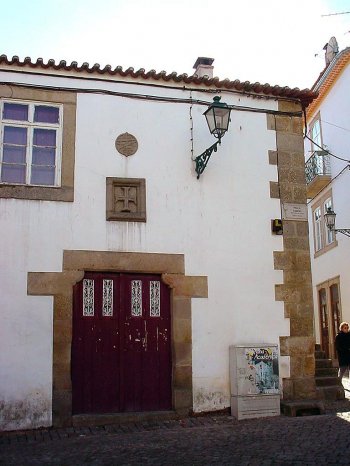Explore the best places
Monuments in Castelo Branco
Castelo de Castelo Branco
- heritage
Rua do Mercado
6000-108, Castelo Branco
Much sought after by tourists, what remains of the Albicastrense Castle rises in an area overlooking the city. It was built by the Templars in the Middle Ages, this despite the traces of human presence in that area in pre- and proto-history, having been surrounded by a line of walls and towers. In the precinct of the fortress, in the citadel, were the Church of Santa Maria do Castelo and the Palácio dos Alcaides. This fortification was part of a defensive system that bordered the Tagus River.
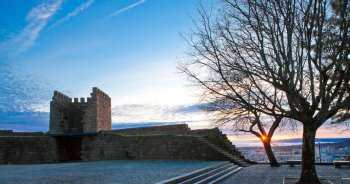
Torre do Relógio de Castelo Branco
- heritage
Rua do Relógio
6000-195, Castelo Branco
In the heart of the historic area, stands the imposing Torre do Relógio, unavoidable in the landscape of Castelo Branco, as it is visible from the most diverse locations. Its creation is related to the expansion process of the city and the enlargement of the limits of the walls, since it was created where there was an old tower of the outer wall, adapted for its current functions in the 19th century. Its characteristic hourly chimes are heard by residents and visitors alike.

Cruzeiro de São João
- heritage
Largo de São João
6000-103, Castelo Branco
It is classified as a National Monument and occupies a prominent place in the square with the same name. It is a fine example of Manueline religious architecture, rich in details, having been built in the 16th century. Carved in granite, it rests on an octagonal base decorated with plant elements, while the shaft is spiraled with a ring, decorated with a rope and stylized plants. The cross has Jesus Christ crucified.
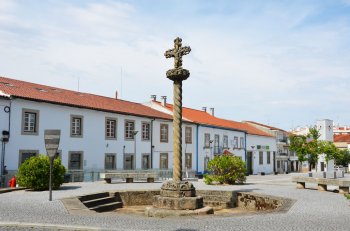
Estação Arqueológica do Monte de São Martinho
- heritage
Monte de São Martinho - EN18-8
6000, Castelo Branco
In the vicinity of Castelo Branco, in a high place of great natural beauty, stands a hill of quartzite formation, with strong endogenous vegetation and from where you can contemplate beautiful panoramic views over the Tagus Valley and the city. At the base and on the hill there are traces of the Roman presence in the region, as well as marks of a prehistoric past. Proença Júnior was the first archaeologist to be interested in this place, having found in 1903 three inscribed stelae from the Bronze Age.
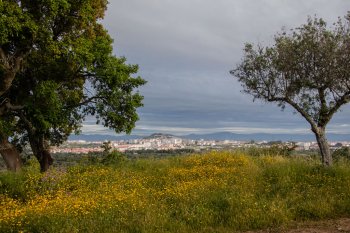
Igreja de São Miguel / Igreja Matriz de Castelo Branco / Sé Catedral
- heritage
Largo da Sé
6000-102, Castelo Branco
The Church of São Miguel, which was elevated to the rank of Cathedral in 1956, is located in an area where, since 1213, there are traces of a temple, which would have belonged to the Templars. It was rebuilt in the Renaissance style in the 17th century, although elements from the various construction stages are visible, such as the 16th-century transept, the 17th-century altarpieces or the 18th-century chancel. It has only one nave, separated from the chancel by a Renaissance arch, and the façade has few ornaments.

Igreja de Nossa Senhora de Mércoles
- heritage
Caminho de Nossa Senhora de Mércoles
6000, Castelo Branco
Located in a hermitage near Castelo Branco, this late-Gothic church was built by friars of the Order of the Temple. The entrance portal and the two lateral ones are ogival, while the interior features different tiles, of Hispano-Arabic origin, and records of frescoes. It comprises a single nave and an apsidal chapel, having been the subject of major works between the 17th and 19th centuries.
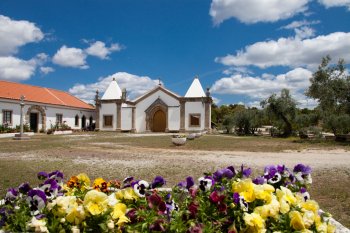
Antigos Paços do Concelho e Cadeia de Castelo Branco - Domus Municipalis - Centro de Interpretação do Bordado
- heritage
Praça Camões
6000-262, Castelo Branco
Located in Praça Velha, this 16th-century Manueline-style building stands out for its architecture and the elements that characterize it. On the main façade, the balcony, the Coat of Arms of Portugal, the Coat of Arms of D. Manuel, the Armillary Sphere, and a tombstone in Latin, from 1646. Above the main door, there is a belfry, now without a bell, which in the past announced the closing of the city's defensive gates. Institutions such as the City Council or the jail have already operated in this place, which currently houses the Embroidery Interpretation Centre.
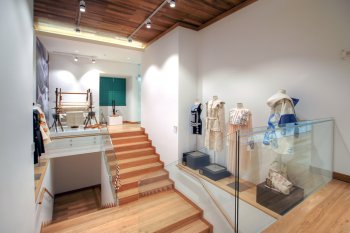
Porta Quinhentista da Rua dos Peleteiros
- heritage
Rua dos Peleteiros, 42
6000-208, Castelo Branco
Cinquecentist portal.
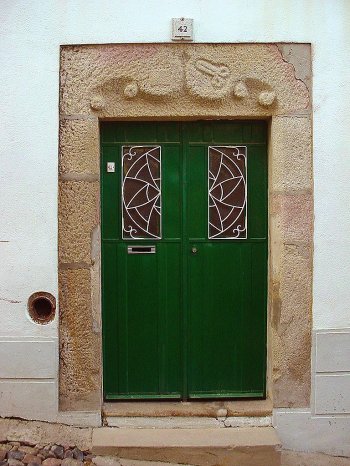
Muralhas da Alcáçova e Torre do sistema defensivo
- heritage
Rua da Piscina
6000-776, Castelo Branco
Walls of the Templar Castle dated from the Xii century. During Dom Dinis reign, in the XIV century, it suffered some changes.

Edifício do Antigo Celeiro da Ordem de Cristo
- heritage
Praça Camões
6000-116, Castelo Branco
Building with a simple plan, restored many times and showing no clear evidence of its construction period that probably agrees with the Christ Order. A cross and an armillary sphere stand out.
